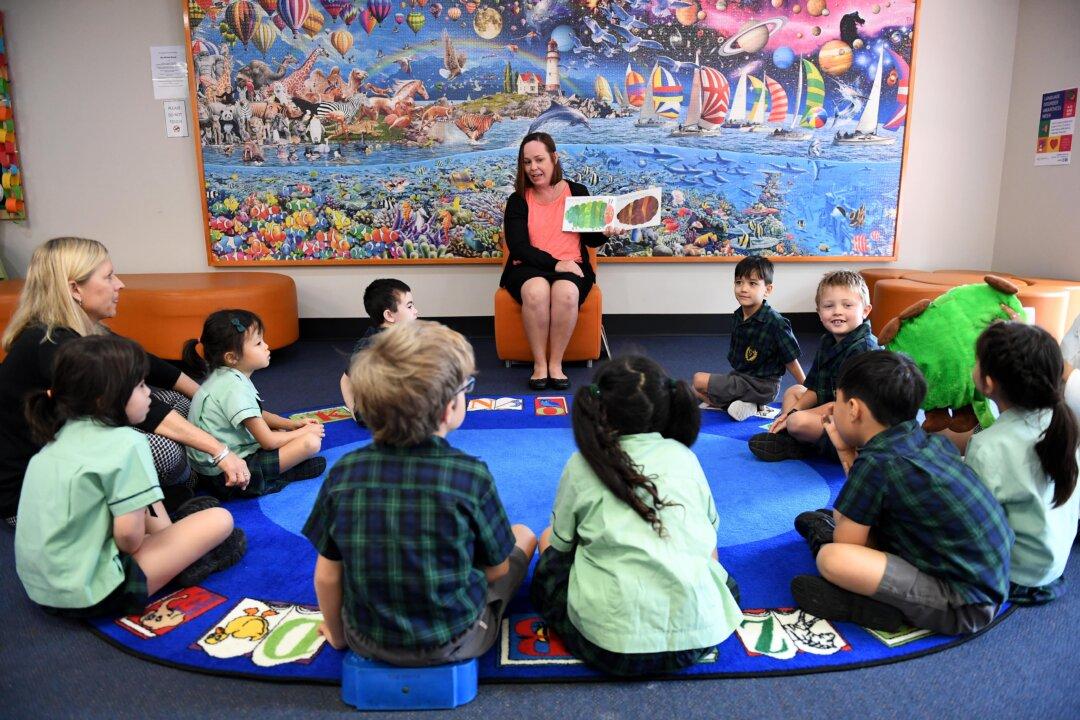Commentary
The decision to remove attendance targets for Indigenous students shows how policymakers have the wrong priorities for addressing the education gap between Indigenous and non-Indigenous students.

The decision to remove attendance targets for Indigenous students shows how policymakers have the wrong priorities for addressing the education gap between Indigenous and non-Indigenous students.